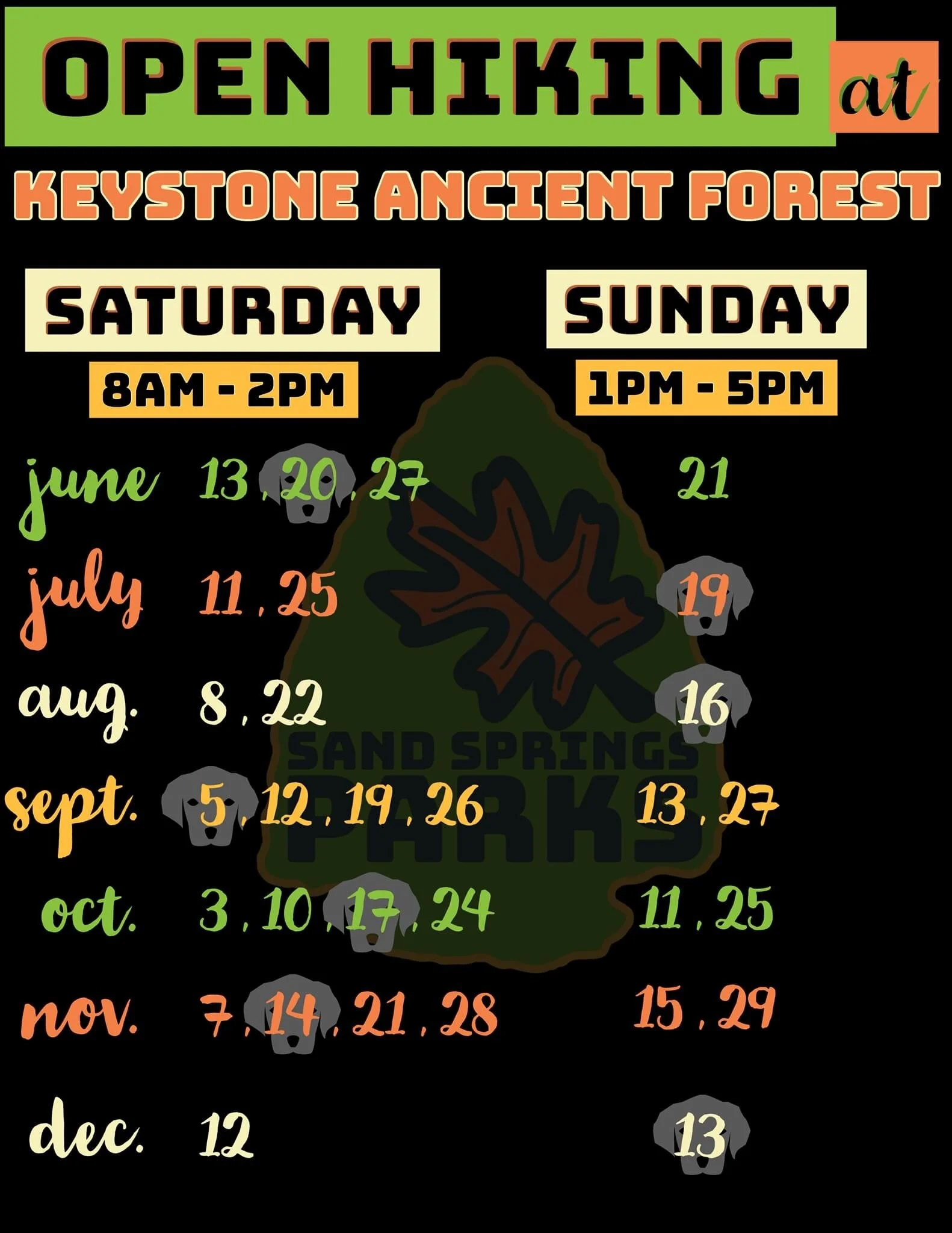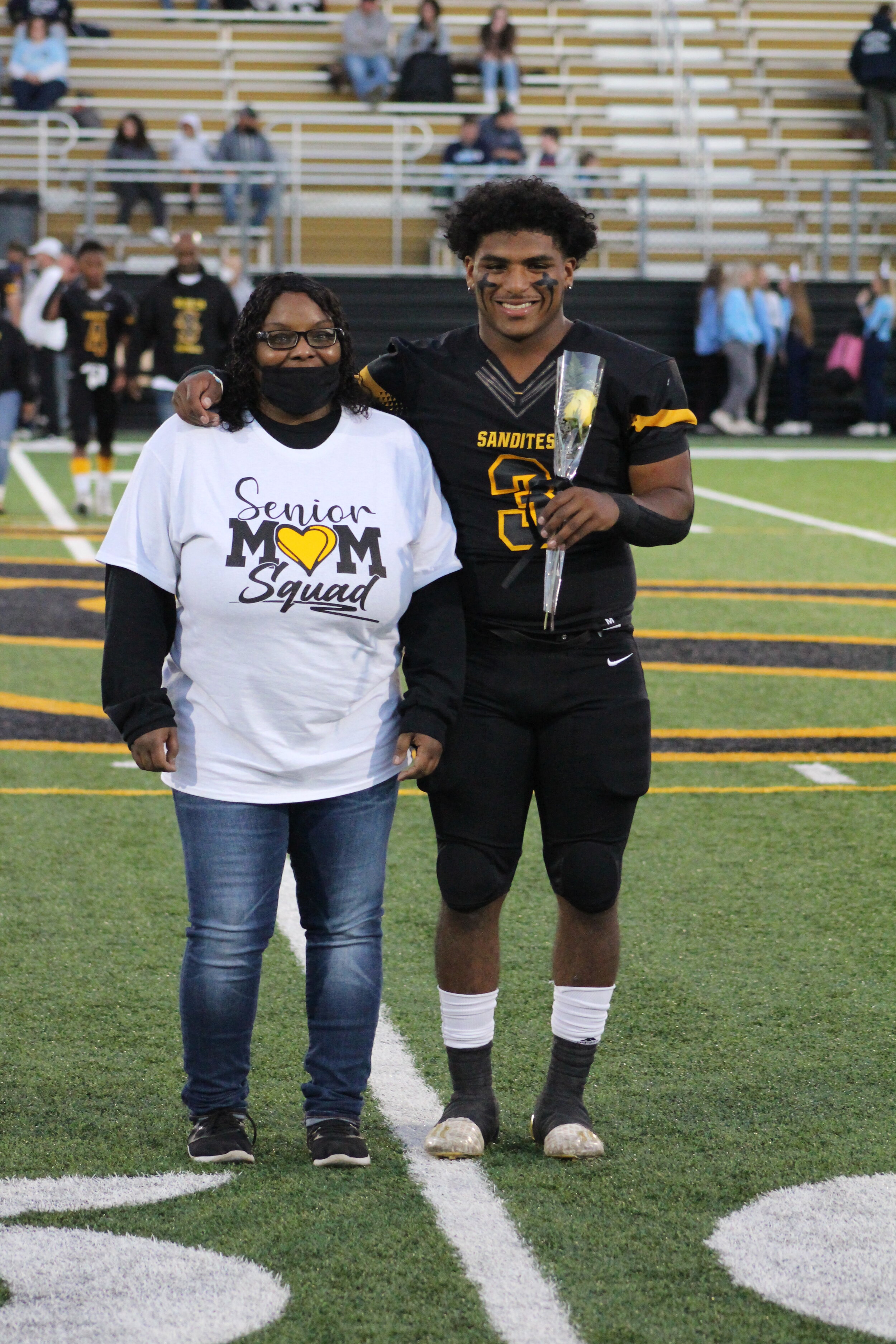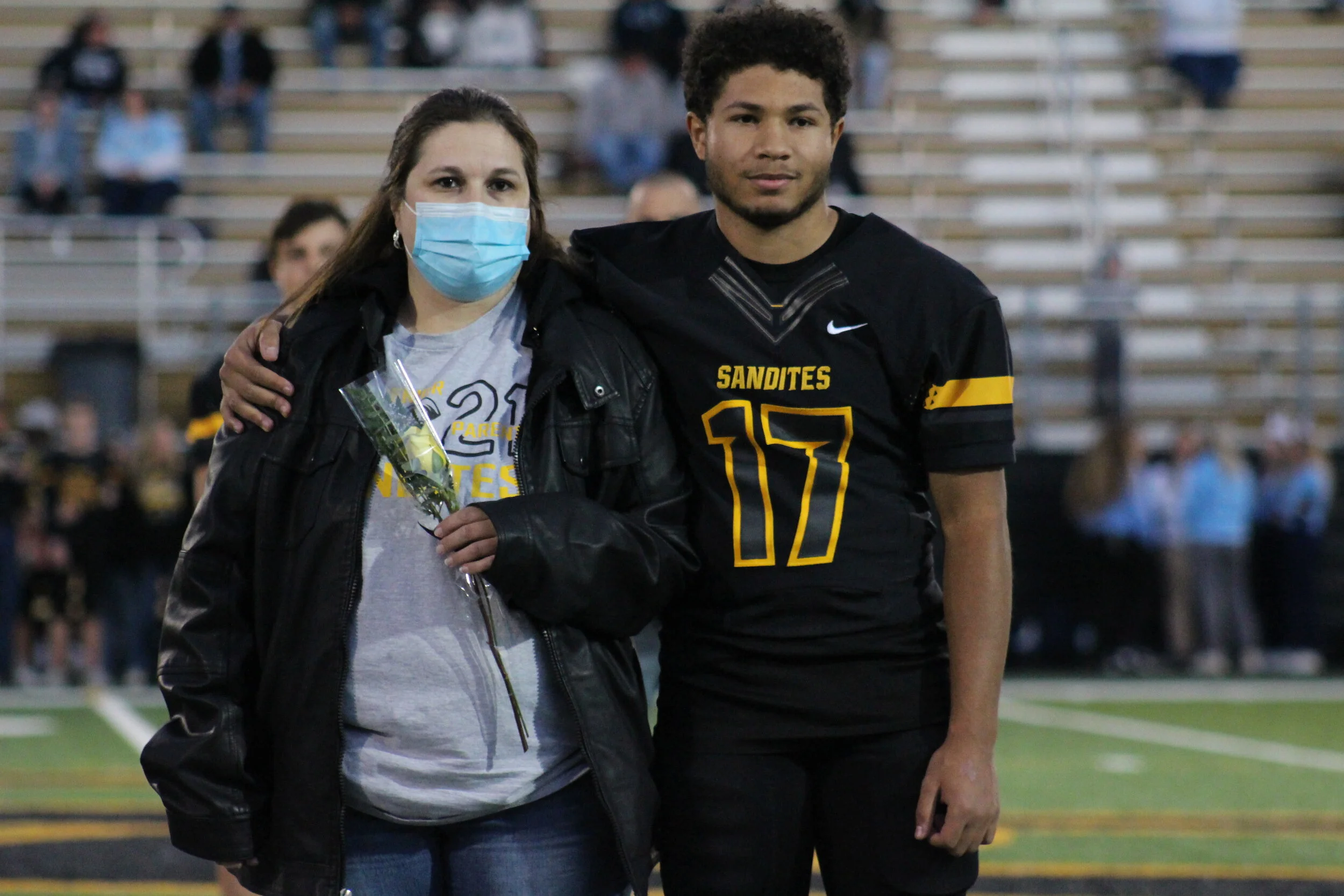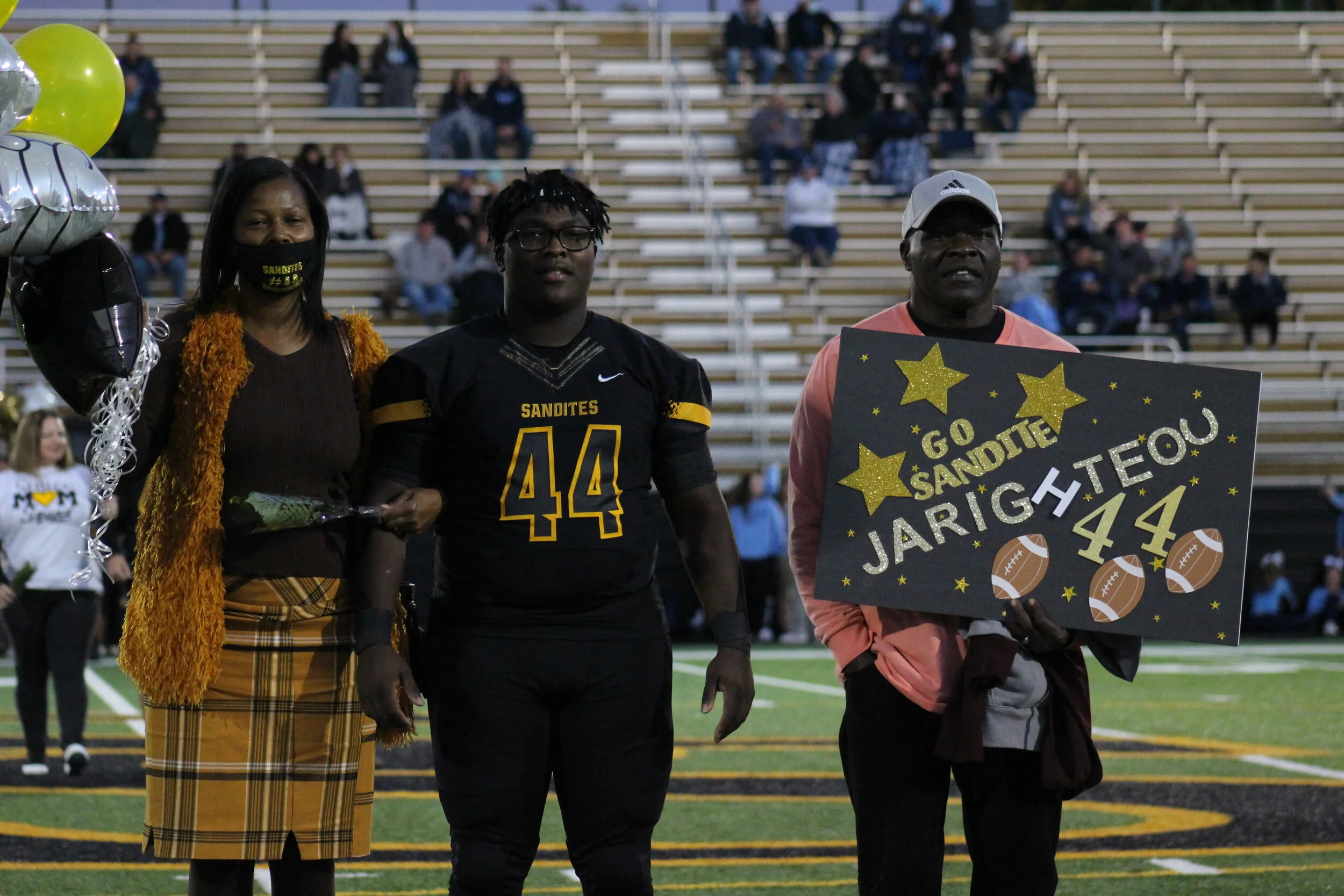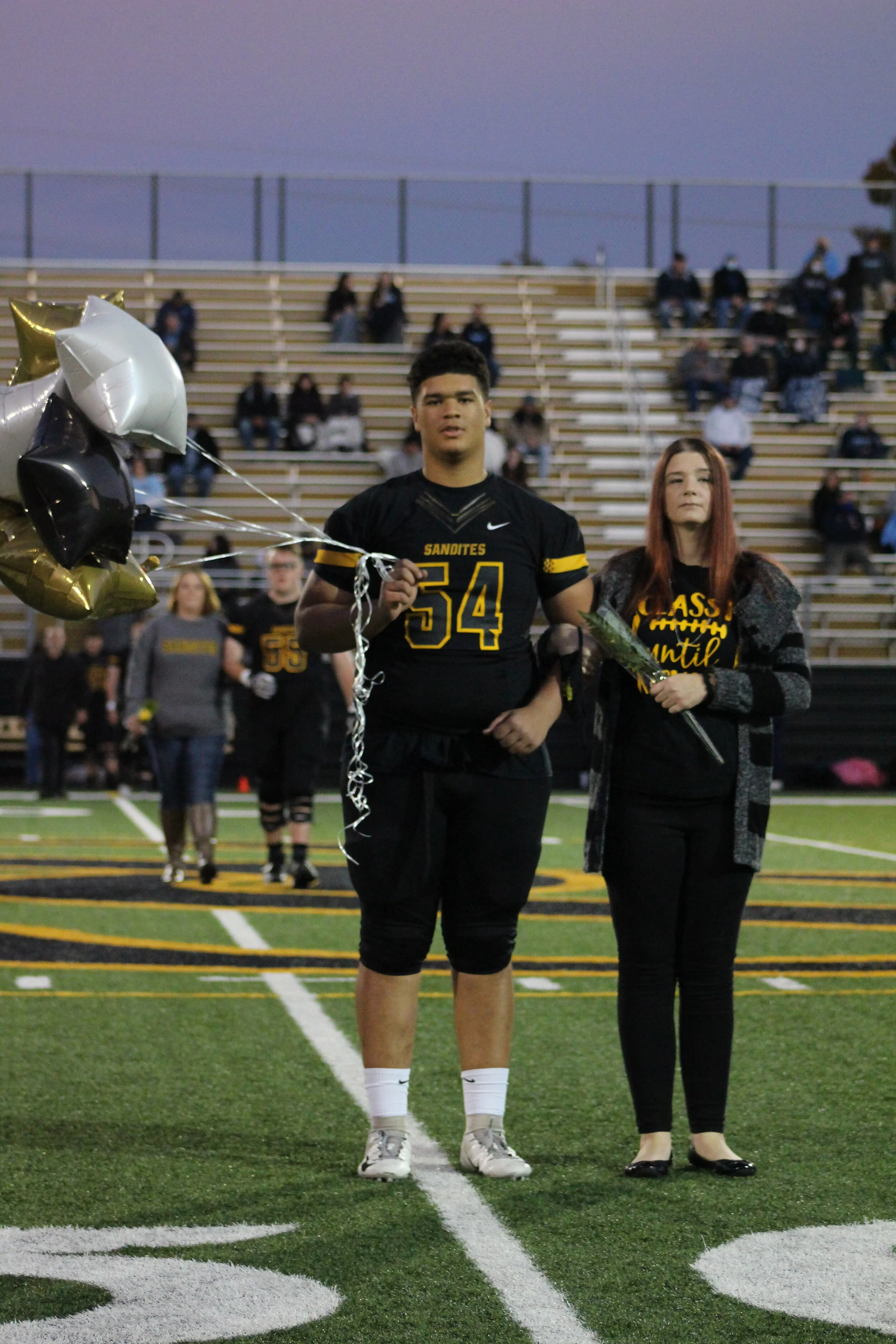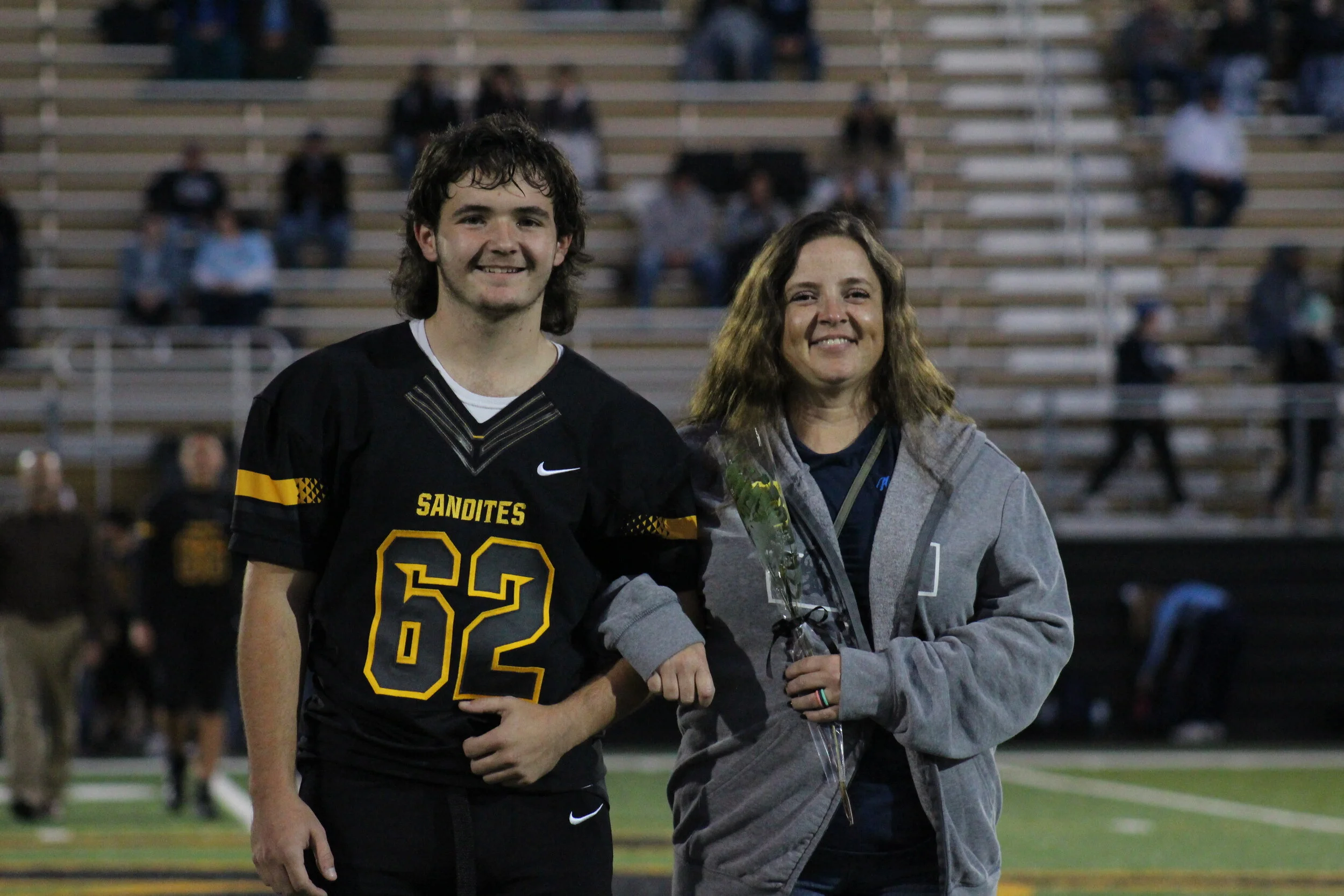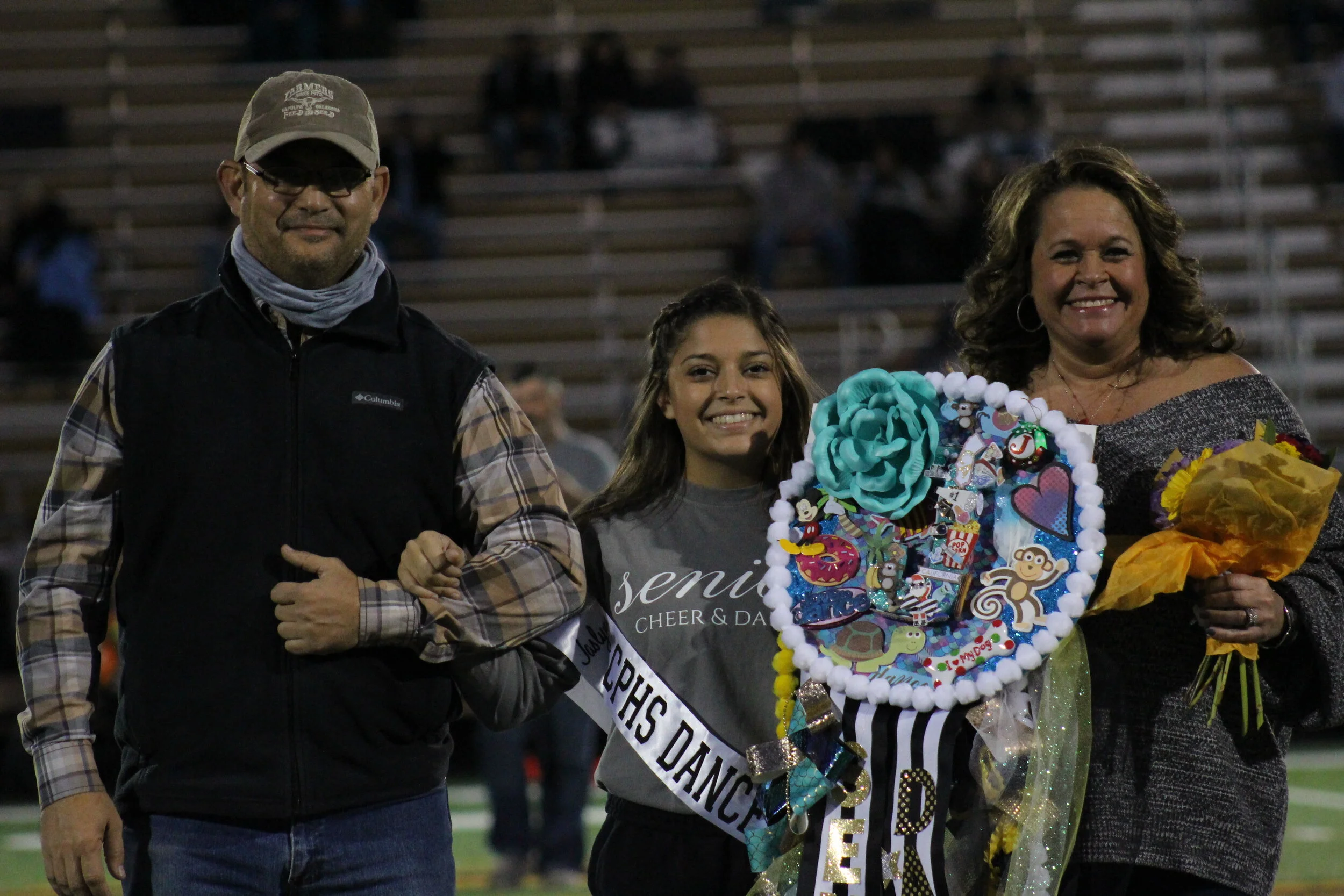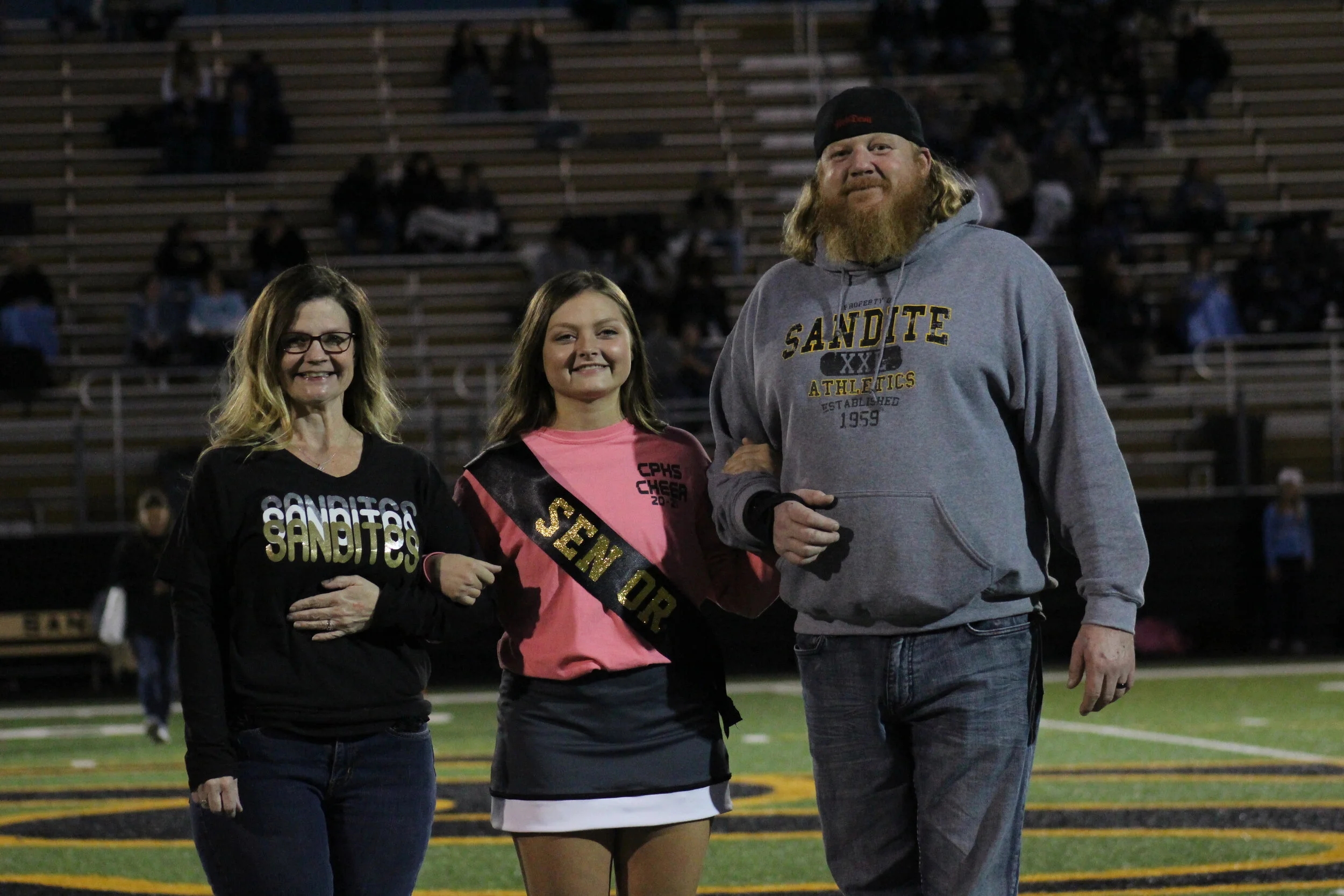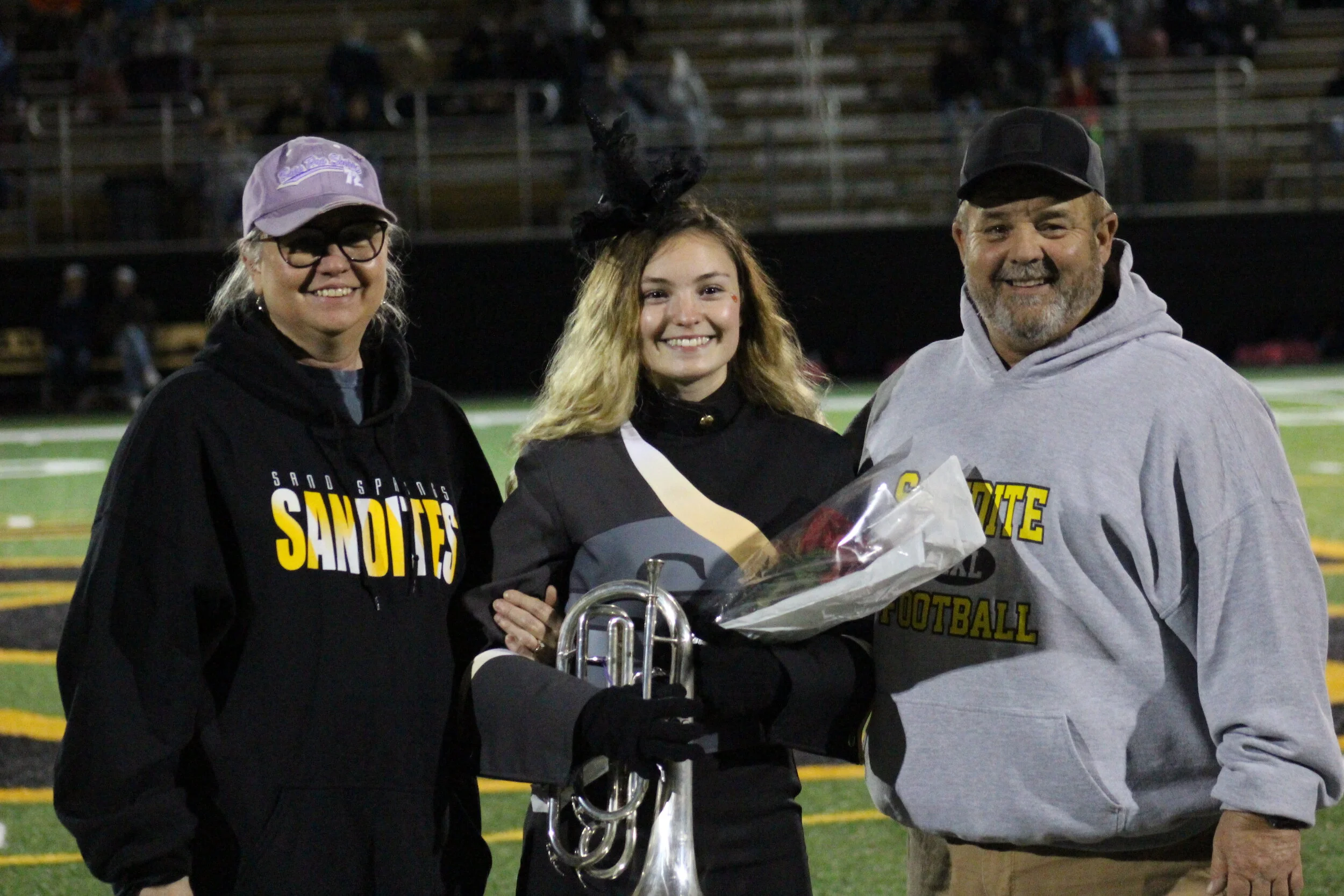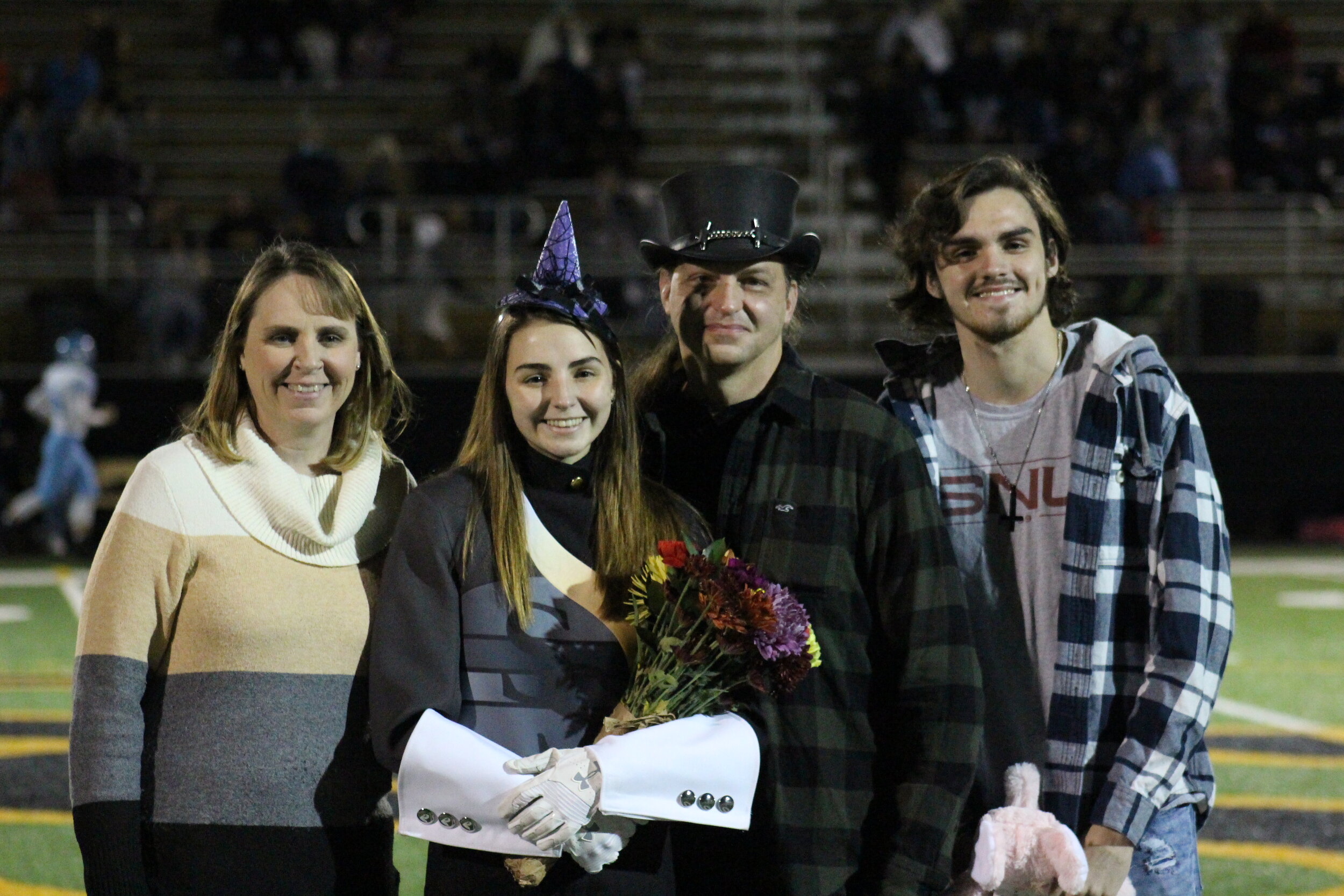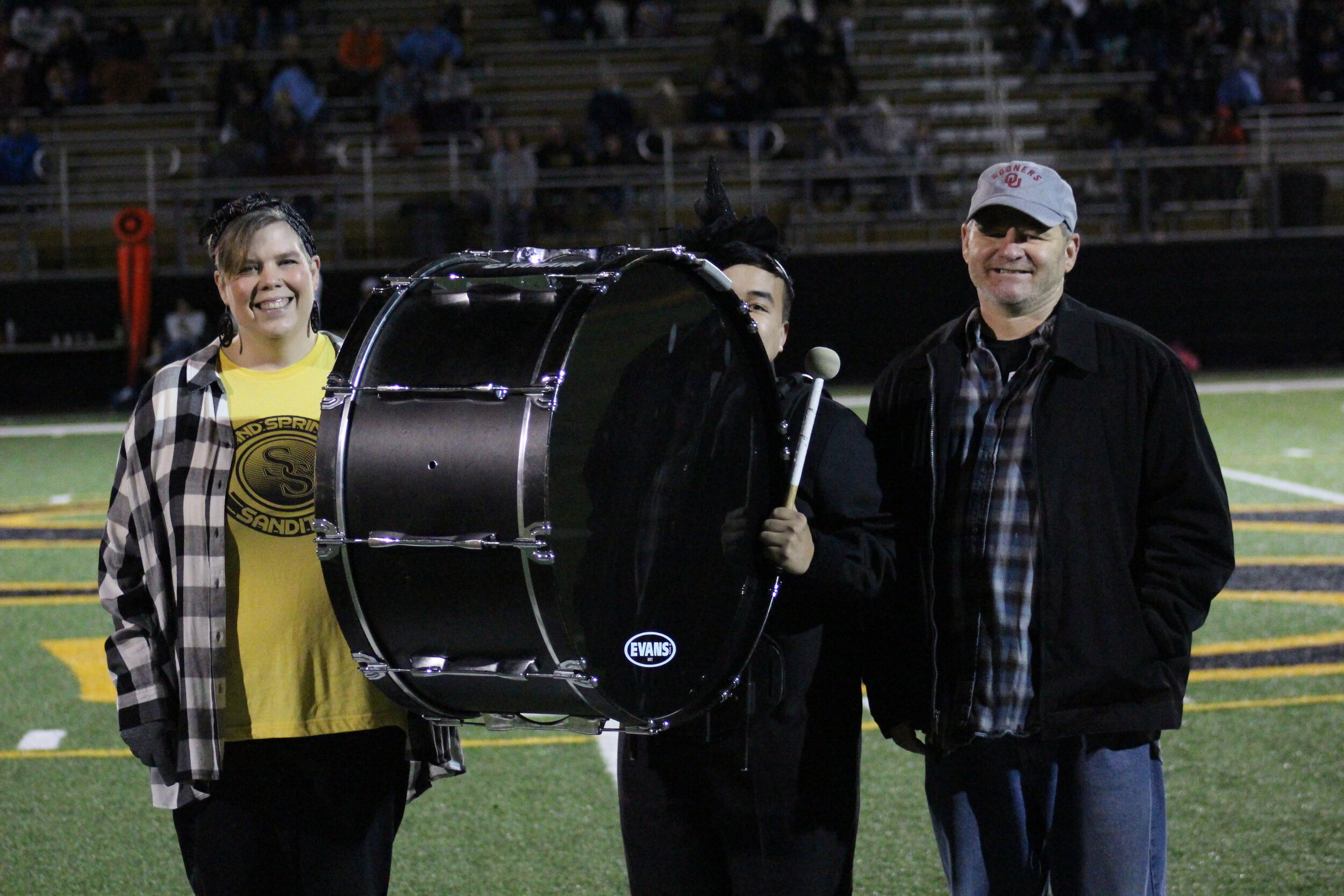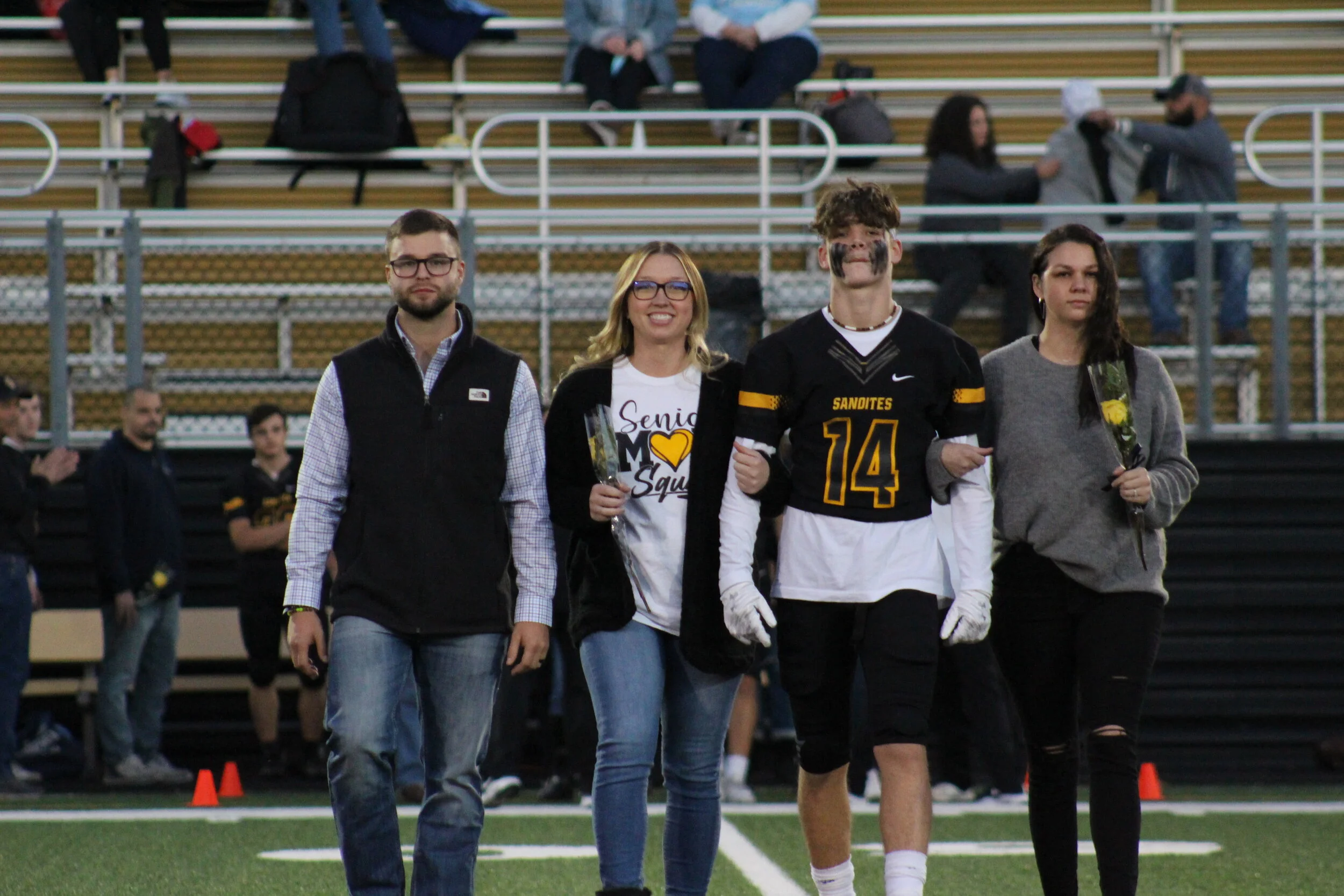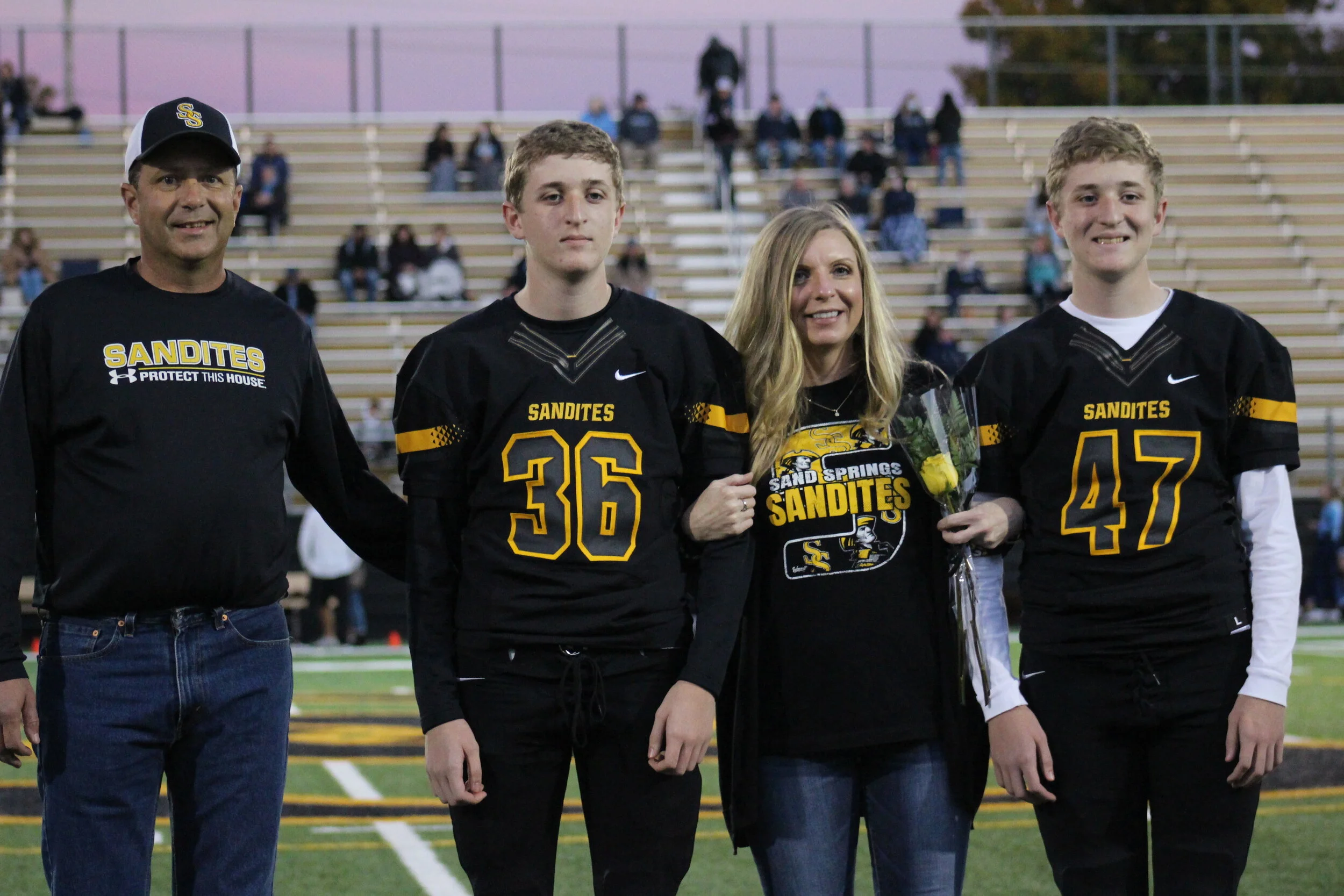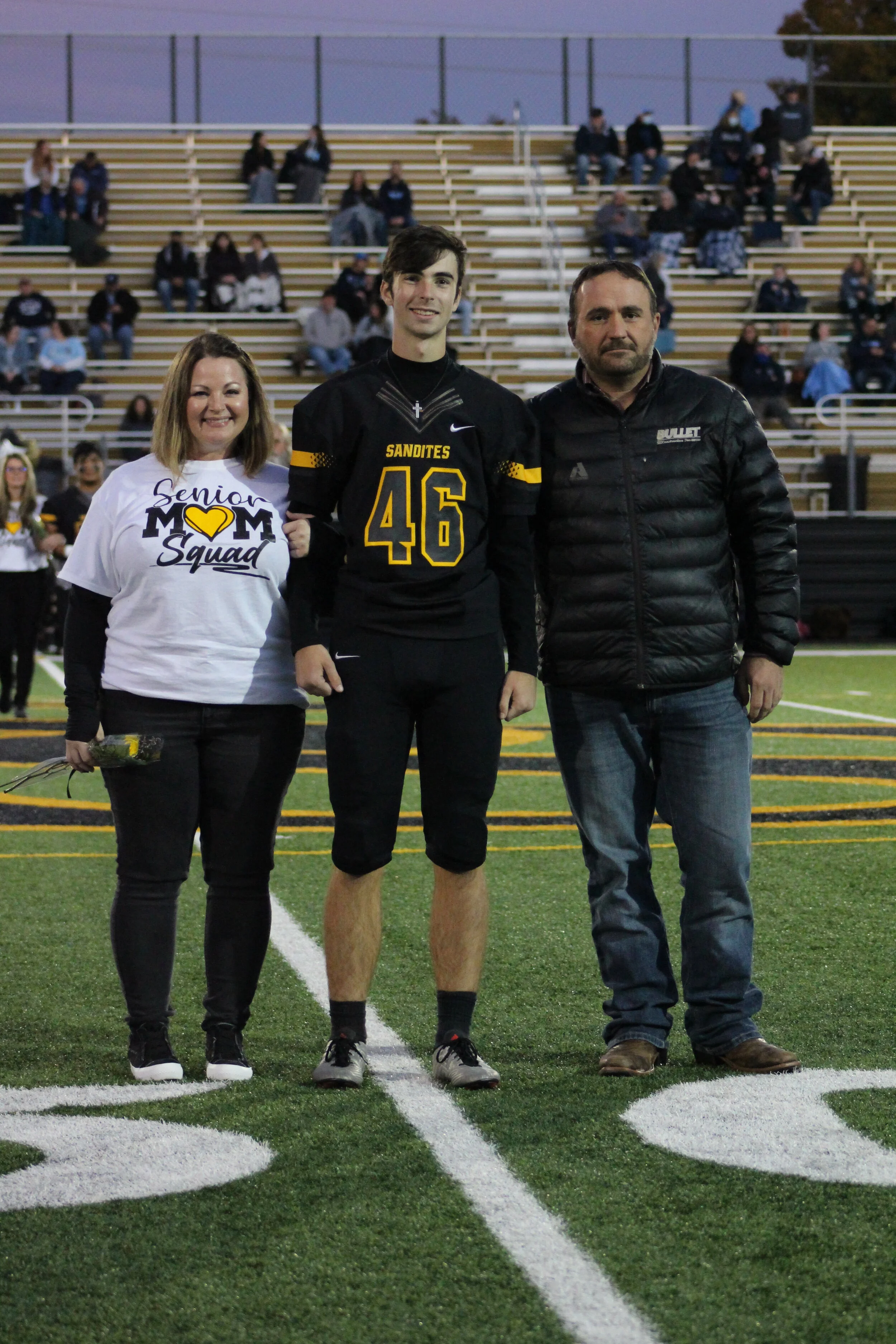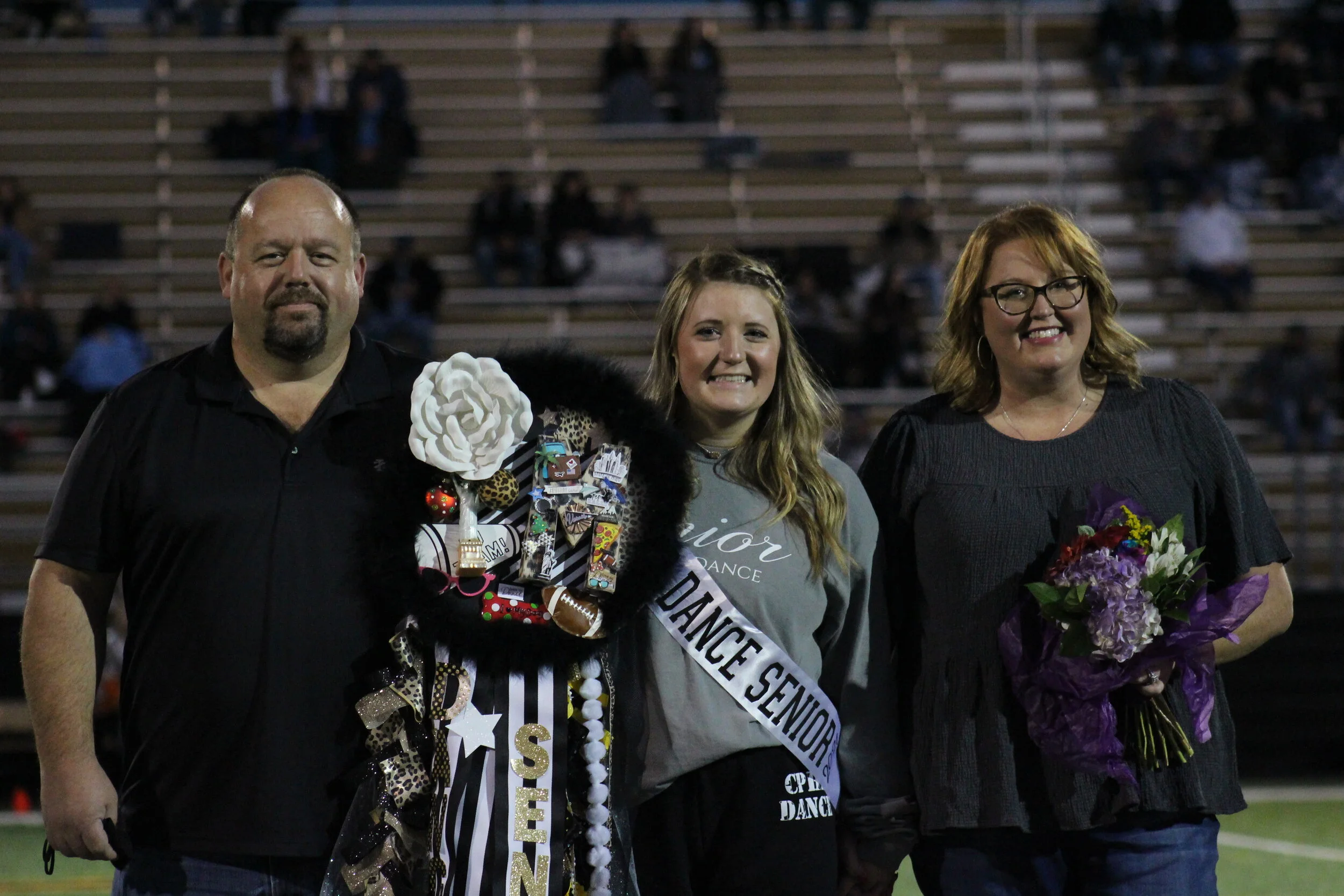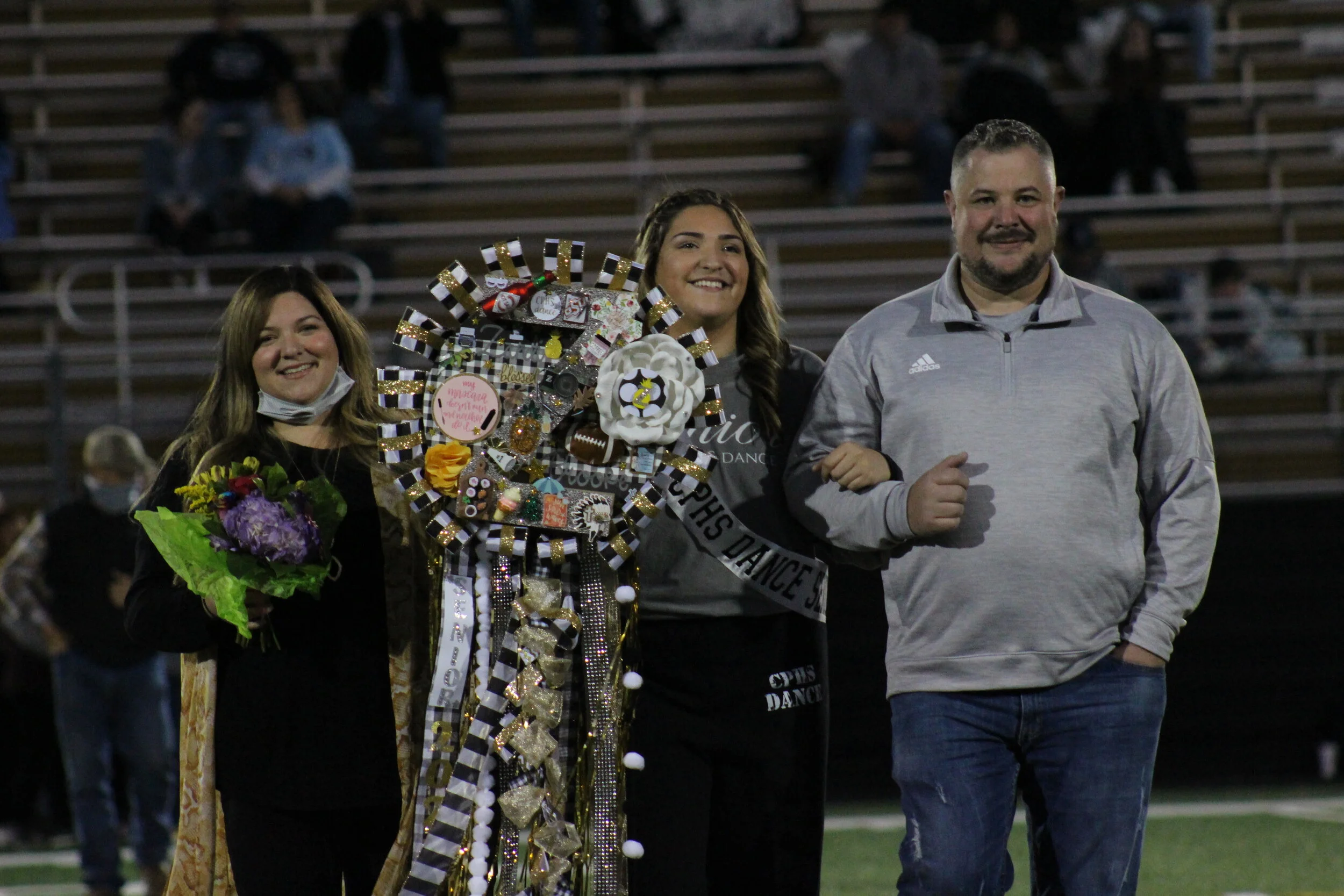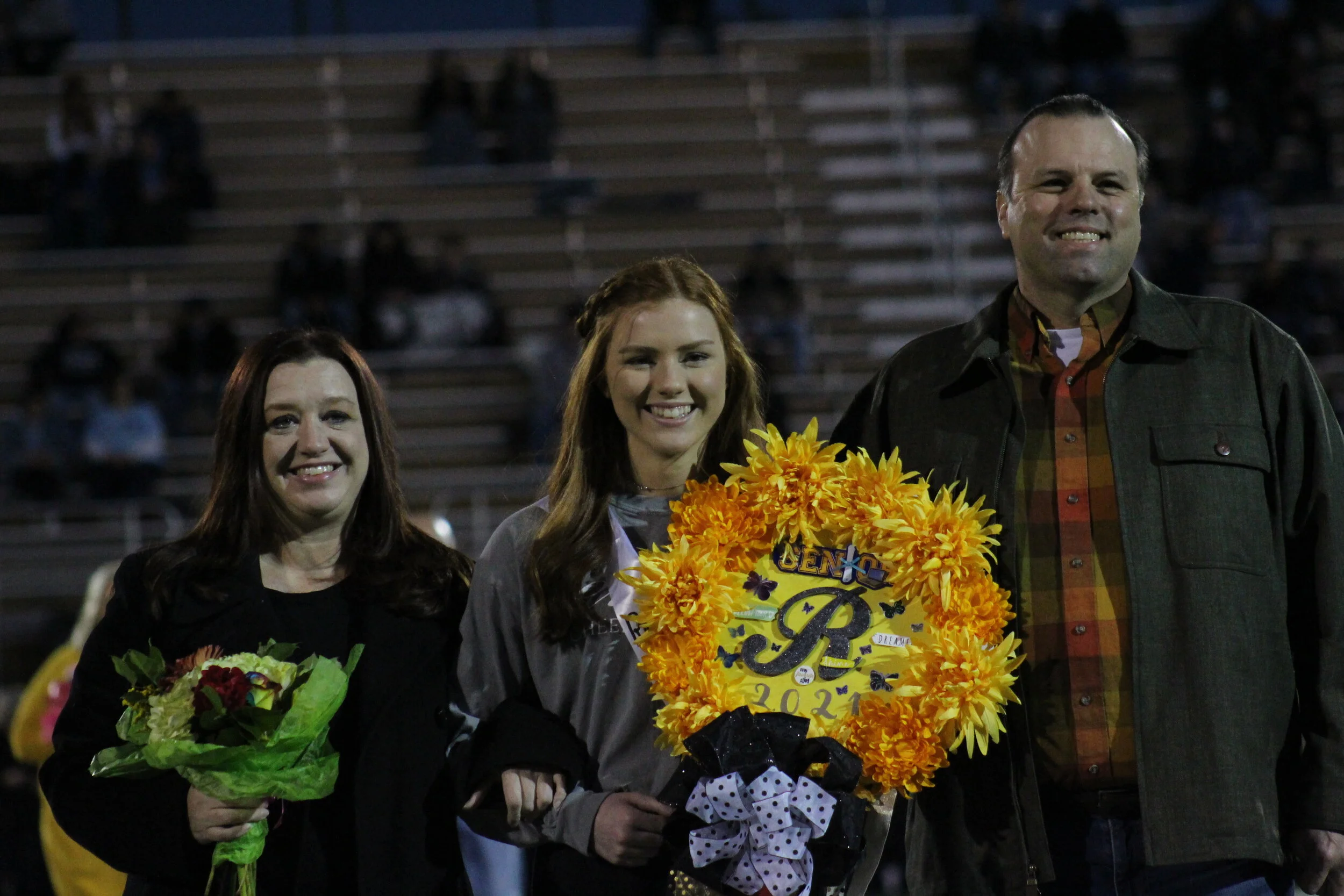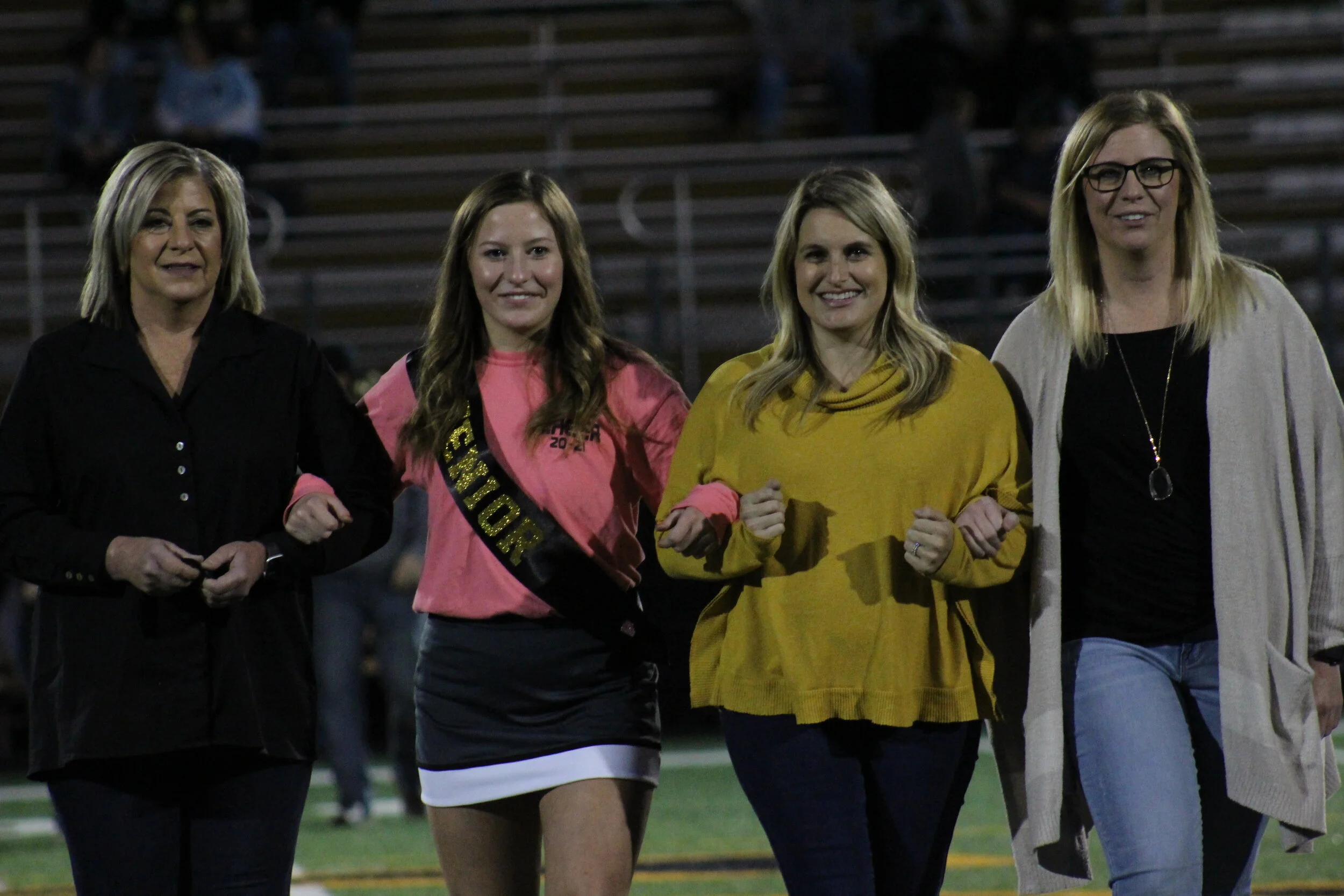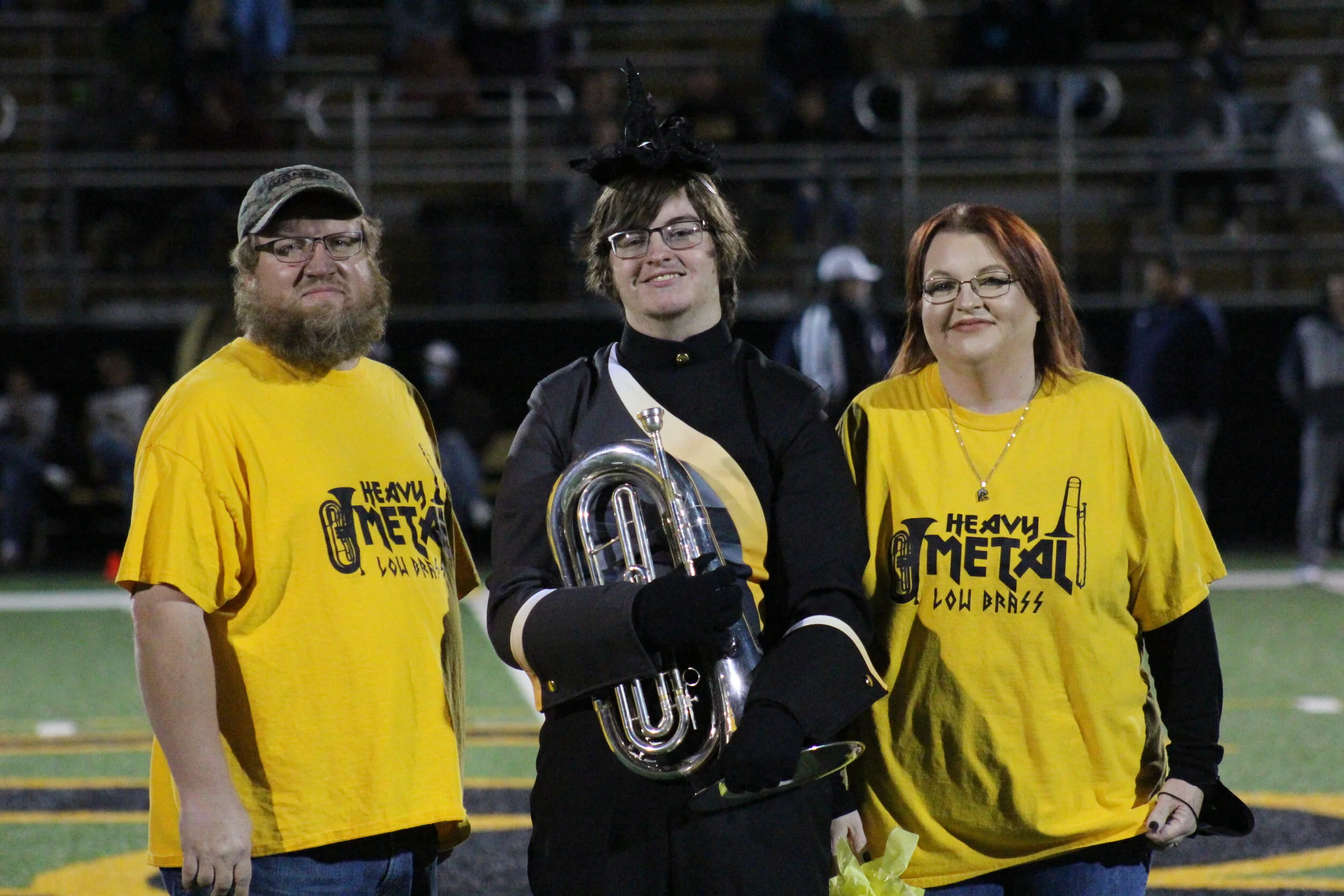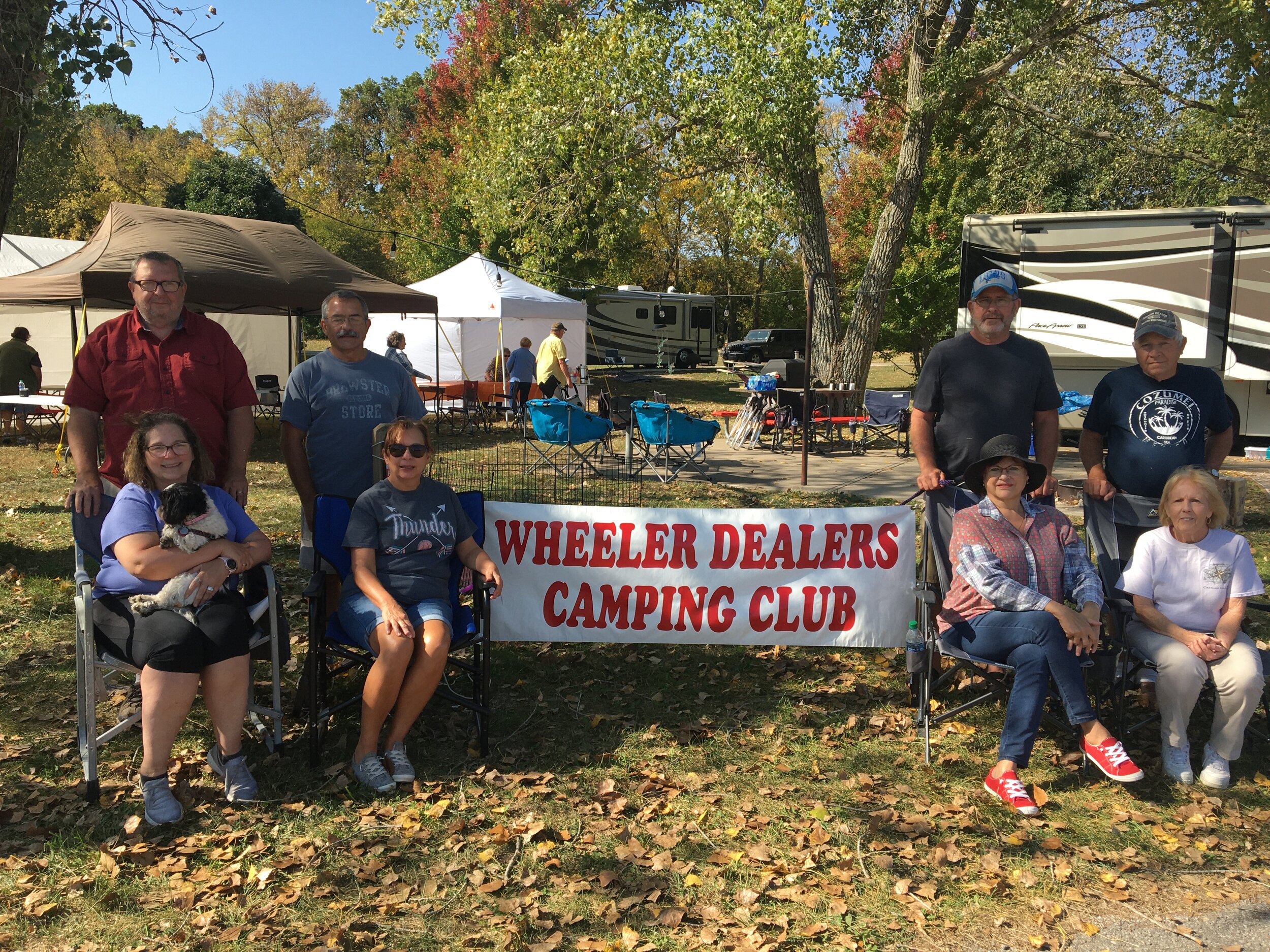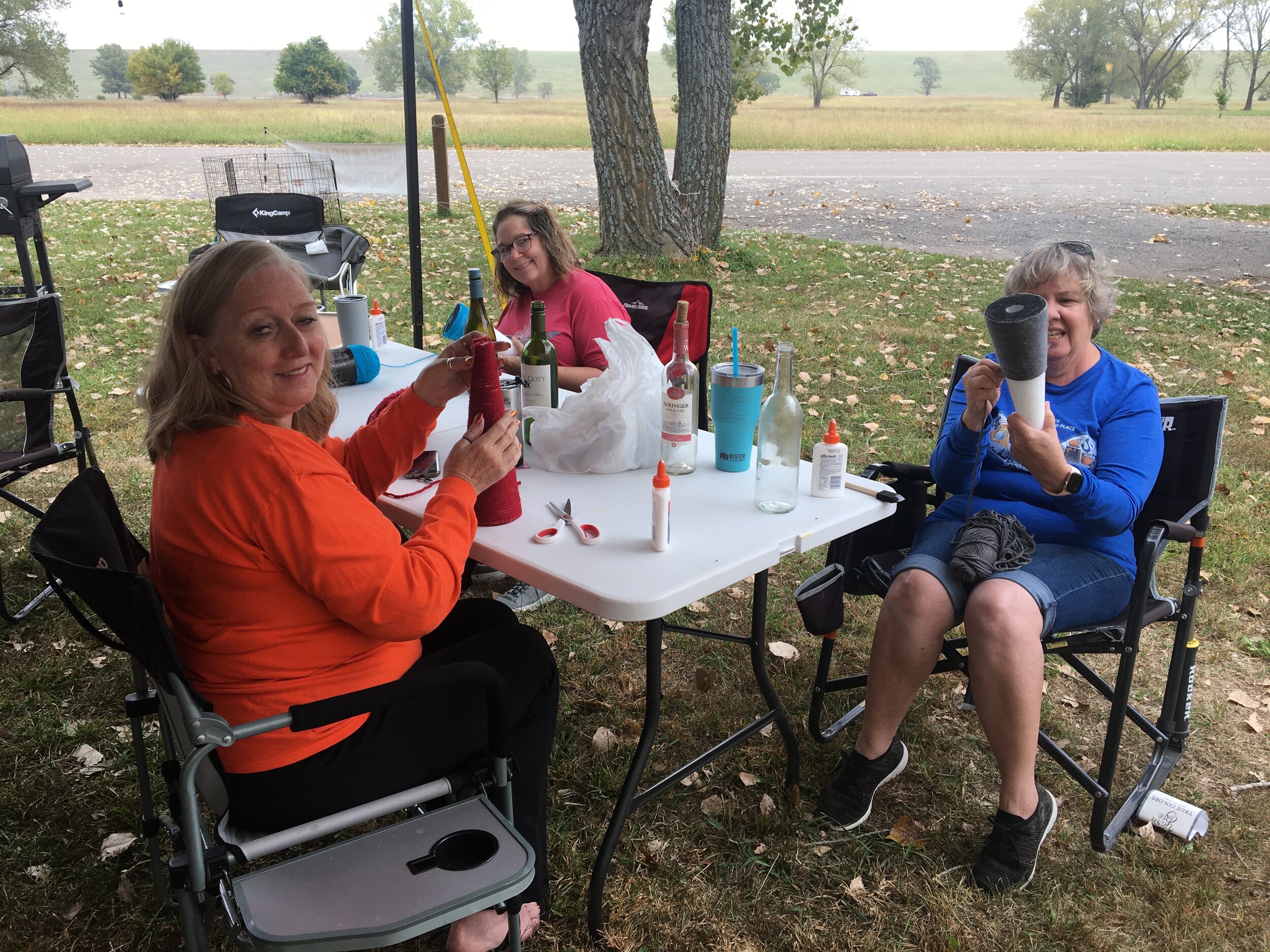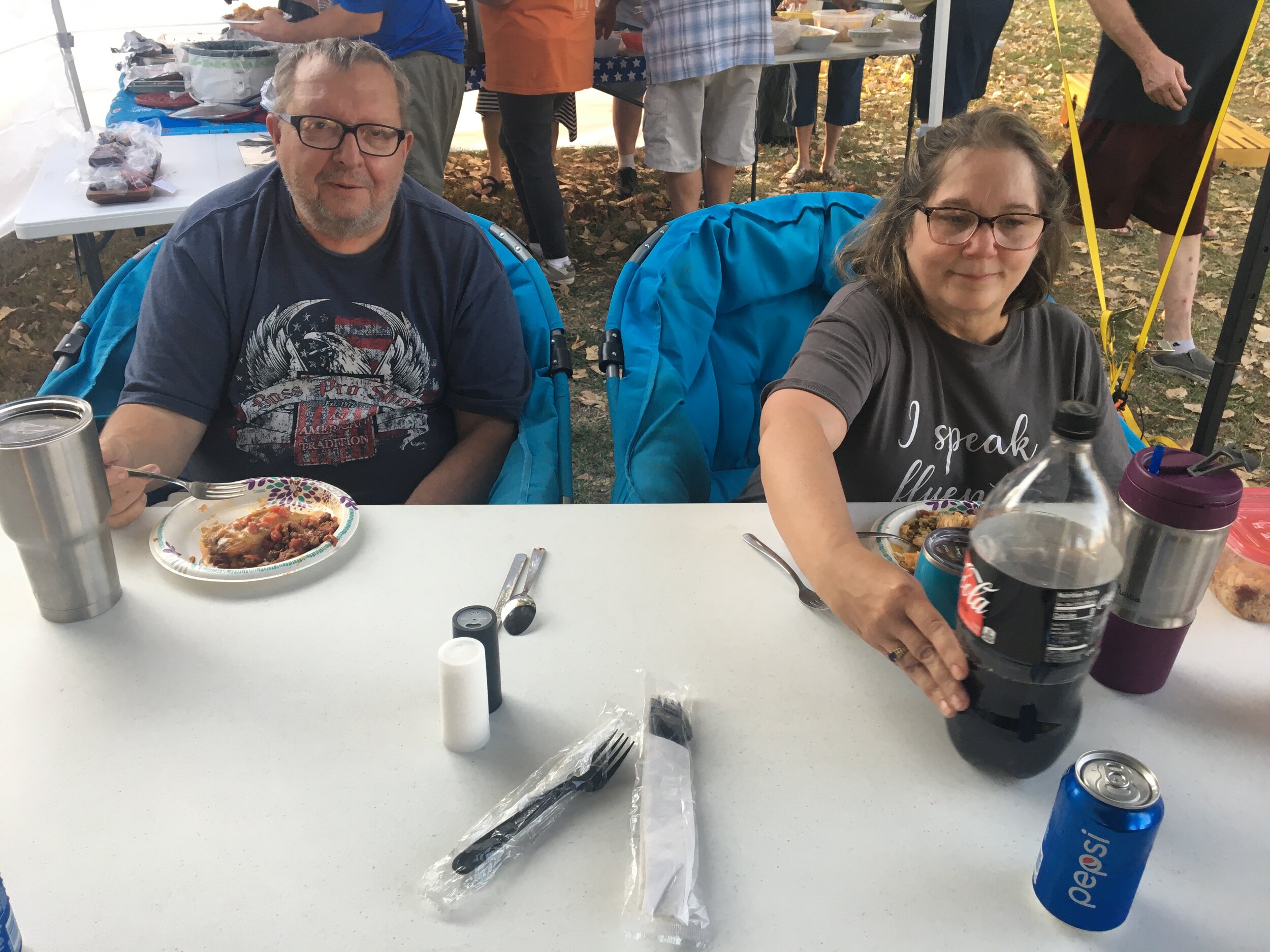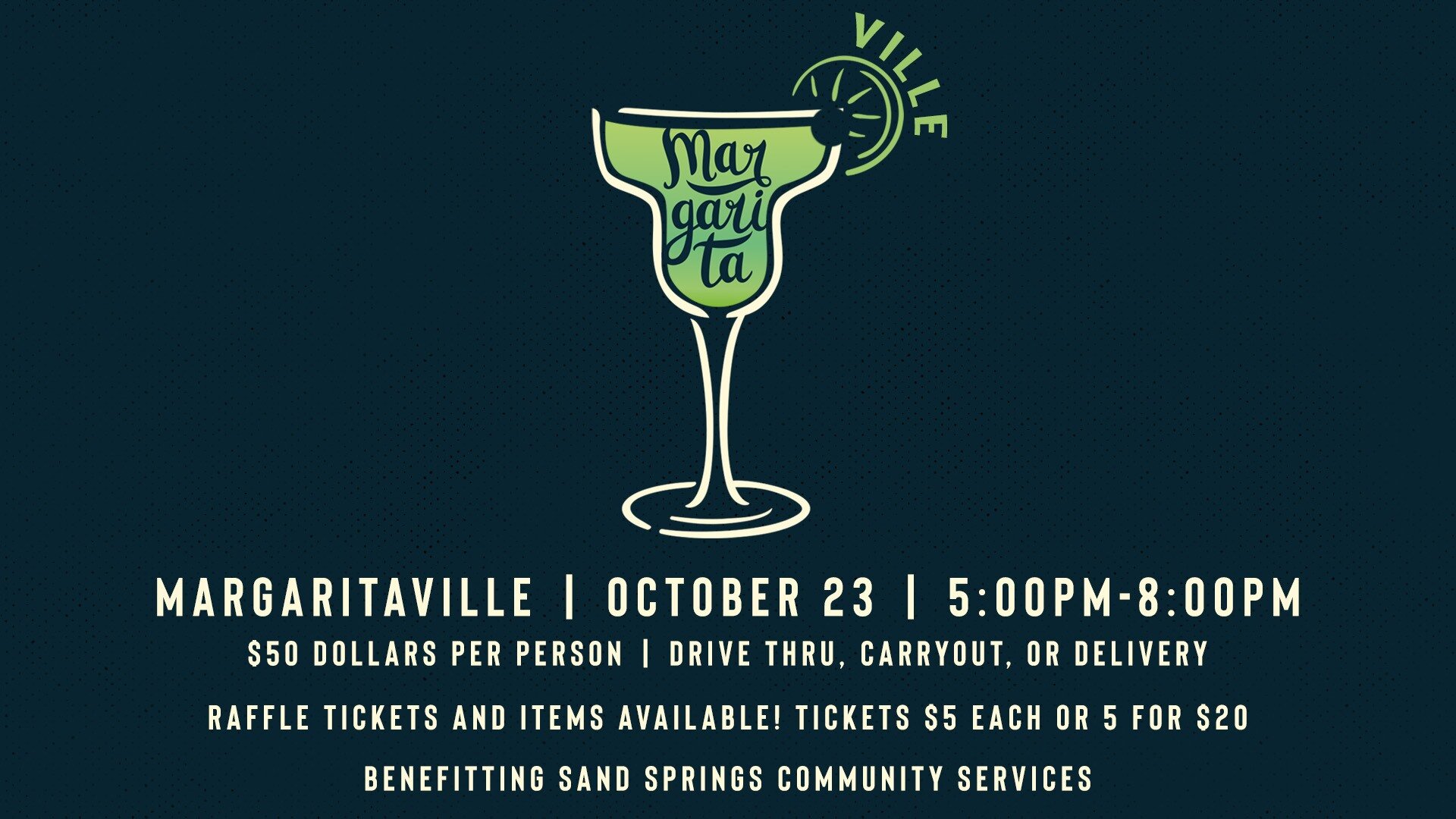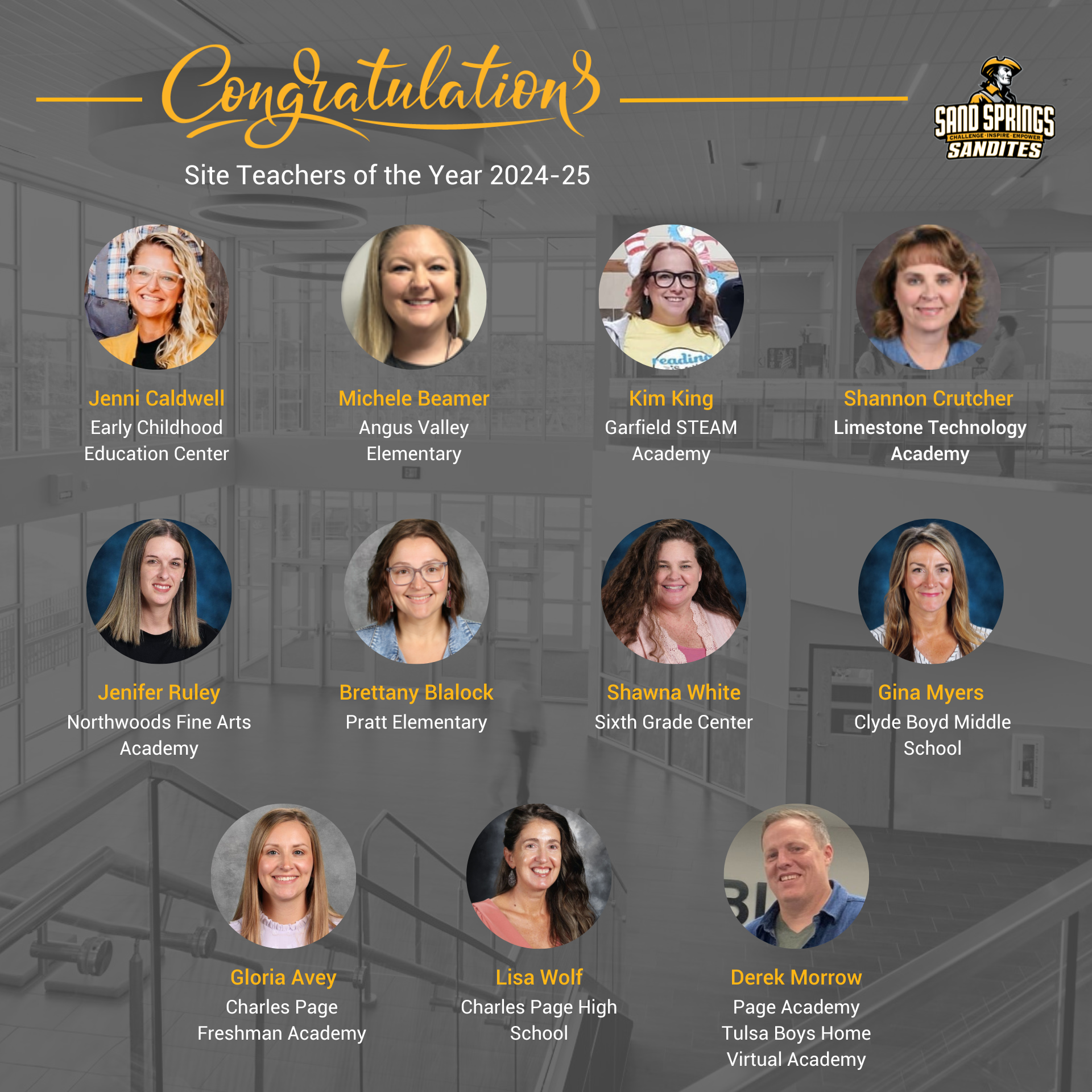The Sand Springs City Council held a lunchtime meeting Wednesday to hear updates regarding ongoing and upcoming projects in the public works and parks departments.
Council held a Zoom call with representatives from the University of Oklahoma’s Institute for Quality Communities on ways to improve the City’s downtown streetscape. The IQC is a program within the University’s Christopher C. Gibbs College of Architecture that partners with local communities to create concepts and suggestions for helping cities reach goals like improving safety, aesthetic, and economic development.
The IQC has previously worked with the towns of Pryor, Luther, Hooker, Waurika, Chickasha, Altus, Wewoka, and Oklahoma City. They also hold a biennial Placemaking Conference with students, advocates, and civic leaders to learn from leading experts. Councilman Beau Wilson was appointed to be the Council’s representative at the November conference, along with City Planner Brad Bates, and Community Development Director Grant Gerondale. Participation in the conference is free to the city.
Representatives from the University will study downtown Sand Springs and take input from City and community leaders on ways to improve the community space, including landscaping, and improving safety on sidewalks and crosswalks.
Wilson expressed a desire to try and create a downtown atmosphere where people will shop, eat, and actually spend time hanging out. He cited Broken Arrow’s success in the Rose District as an inspiration.
Councilman Mike Burdge expressed a desire to look at more than just the downtown area and to try and tie downtown into River West and the areas beyond. An ongoing Main Street expansion project will connect the downtown and River West areas to Sheffield Crossing and Case Community Park when it is complete. “Let the landscape show that’s the future… we need to do something to direct growth,” said Burdge. “We need to do something that will help everybody know we’re going that direction.”
“More than anything, we’ve got to make our sidewalks walkable,” added Councilwoman Nancy Riley. “We can’t do anything with our downtown if people are not able to walk on our sidewalks without falling over.” Councilman Brian Jackson wants the City to make safety upgrades to crosswalks across heavy traffic areas like the intersection of Morrow Road and Highway 97.
According to Bates, the City has a sidewalk inventory list that includes current sidewalk conditions across the city and prioritizes them. Bates also talked about the different sidewalk possibilities that Council could consider when it comes time to improve or replace downtown paths. Decorative, stamped, sidewalks offer aesthetic appeal, but can be difficult for disabled citizens to navigate.
Bates also talked about the possibility of creating gateway entry points to the Triangle District, with signage and maps located along Katy Trail, historical markers, and other ways to push people towards downtown. Gerondale challenged the IQC to create a design that would tie in River West with downtown so the two districts feed off each other.
According to Bates, next summer the City will be looking into shaving down road levels that have grown too high from past overlays. “If you look at the street levels right now, they’ve kind of been built up and built up in their arch, and kind of created slopes everywhere in downtown. So a lot of that’s going to get milled out and they’re going to try and lower that base level back down to a useable level that doesn’t have a crown to it.”
Public Works Projects Administrator T.J. Davis gave an update on long term project plans to improve downtown drainage. According to Davis, a 2009 study on the City drainage systems identified 55 needed projects that need to be completed at at an estimated cost of $78 million, and the top ten most-needed projects totaled $39 million.
The City recently began a project to address downtown flooding issues that have affected many businesses. Phase 1A was tied into the ongoing Main Street renovation project, and is replacing a 1920s-era 48-inch storm sewer from Highway 412 south to the Arkansas River, and 80% of it is being funded by federal grants. That drain pipe is being replaced by a new 96-inch pipe and levee penetration. The $8.5 million Main Street project is expected to be completed several months ahead of schedule by the Spring of 2020.
Phase 1B will add additional piping improvements on First Street from Garfield to Main, and northbound on Garfield. That project will cost an additional $1 million to complete, and that area is not eligible for federal grants, meaning the City will have to come up with local funding.
Phase Two would create a second trunk line on the eastern half of downtown that would add an additional levee penetration at an estimated cost of $7.5 million.
One of the recurring themes of the meeting was how to fund the various projects that the City is interested in, and how to balance growth improvements with standard maintenance and repairs. Drainage improvements are typically funded via storm-water utility fees, which generate about $1 million per year for construction revenue. Compare that $1 million in annual revenue to the $78 million needed to complete the 2009 project list, which doesn’t even account for unforeseen issues like the section of 10th Street that collapsed during a July flash flood.
Any downtown beautification/safety/economic development projects that the City chooses to take on based on the IQC’s recommendations would likely need to be funded by a General Obligation Bond election, but the City has committed to capping their millage rate at 13 and voters already passed more than $18 million in bond measures less than three years ago.
Gerondale gave a presentation on the Keystone Ancient Forest tower project. The City plans to purchase and relocate a disused 100-foot 1950s-era fire lookout tower from the Oklahoma Forestry Service that is currently located in Cookson. The tower will eventually be erected on the KAF hiking trails and will have a new observation platform at the top.
The City currently has $118,000 available for the tower project, and needs an additional $54,000 to move the tower. They need an additional $330,117 to fully fund the project, which would pay for the relocation, painting, new wooden planks, concrete footing, and hand railing, as well as design and construction of a new observation deck.
The Keystone Ancient Forest is already a popular tourist destination that attracts hundreds of visitors every weekend it is open. A visitor center is currently under construction, and when the center and the tower are open to the public, the City will begin branding and marketing the park.



